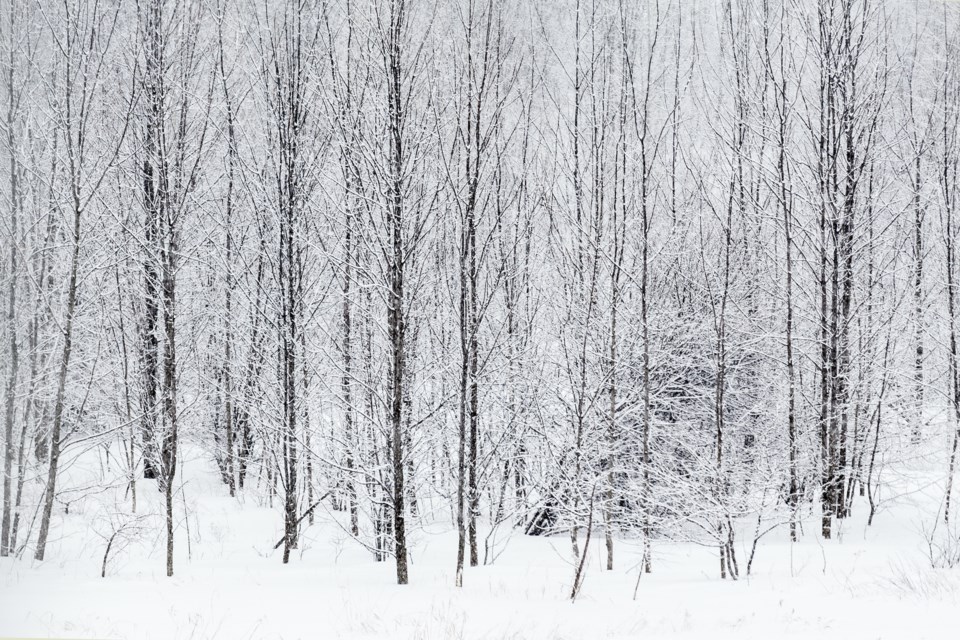NEWS RELEASE
CHIPPEWA LUCE MACKINAC CONSERVATION DISTRICT
************************
While the snow may be falling and the days are short, the Conservation District is far from dormant. In fact, these winter months are a time of intense activity, a period for laying the groundwork for a successful and productive spring and summer.
"People often ask me what we do in the winter, and it's hard to summarize on the spot," says Mike McCarthy, Executive Director at the Conservation District. "The truth is, we're incredibly busy planning and preparing for the upcoming season."
The first signs of spring are already taking shape within the District. The annual spring tree sale fundraiser is in full swing, with the conservation district placing tree orders as far back as July. The native plant sale is also undergoing a revitalization, by partnering with a new/old local nursery that utilizes Upper Peninsula seed sources to ensure the highest quality and most locally adapted plants. They too also grow all naturally without the use of chemicals.
This winter is also a time for looking ahead. The District is preparing for its 2025 Annual Meeting, scheduled for April 3rd at Les Cheneaux Distillery. The event promises to be a valuable opportunity for community members to learn about the District's work and to share their input. Be on the watch for RSVP information in the near future.
Several exciting watershed projects are also on the horizon. Grants from the Michigan DNR and U.S. Forest Service will support tree planting efforts in Brevort, Trout Lake, Garfield, and Pickford townships. Furthermore, the District is collaborating with the City of Sault Ste. Marie and Brimley Area Schools to reduce stormwater runoff through strategic plantings of trees, shrubs, and native plants.
The Three Shores CISMA is currently undergoing a leadership transition, welcoming a new coordinator to the team. While a temporary decrease activity is expected during this period, Outreach Specialist Lilli will remain available to assist the community. Meanwhile, seasonal staff are diligently surveying the Lake Michigan shoreline for Hemlock Wooly Adelgid, a deadly invasive pest that threatens hemlock trees in lower Michigan.
The Three Shores CISMA is also embarking on a new research project, investigating the movement of European Frog-bit, an invasive aquatic plant. Funded by the U.S. Fish and Wildlife Service Coastal Program, this research will explore the potential role of waterfowl in the spread of this harmful species.
A new face to the District, AmeriCorps volunteer Leane Byard is playing a crucial role this winter, working closely with tribal communities and other underserved groups to identify their unique conservation needs and explore how the District and USDA can best serve them. This working is being done under the Working Lands Conservation Corps program.
Finally, the winter months are a critical time for securing funding. The District actively pursues grant opportunities to support its diverse programs, including watershed and invasive species initiatives. Many opportunities were applied for in the fall with several more already being written this winter.
As the snow begins to melt and the days grow longer, the Conservation District will be ready to put these winter plans into action, ensuring a bountiful and productive season dedicated to protecting and enhancing the environment of the Eastern Upper Peninsula.
If you have questions or would like some help with your property don’t hesitate to reach out anytime by calling 906-635-1278 or email [email protected].
************************



